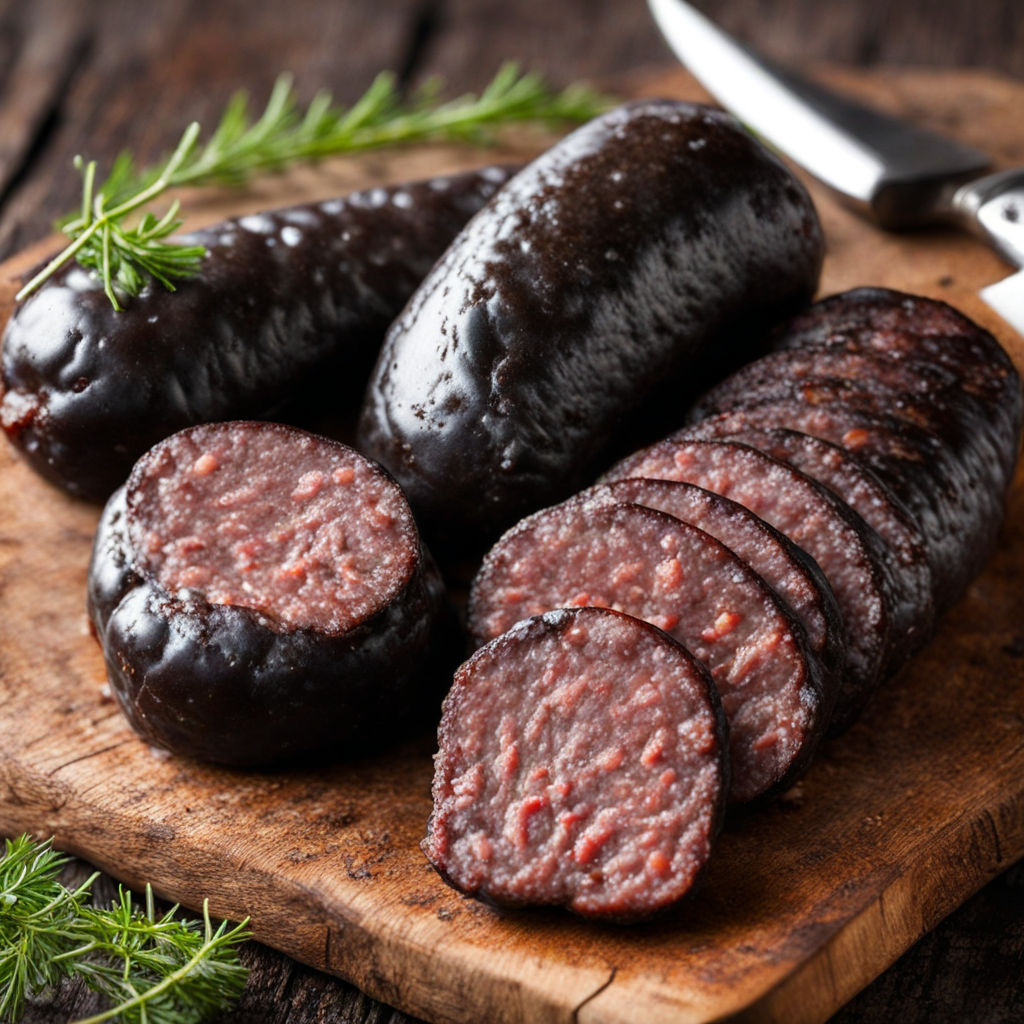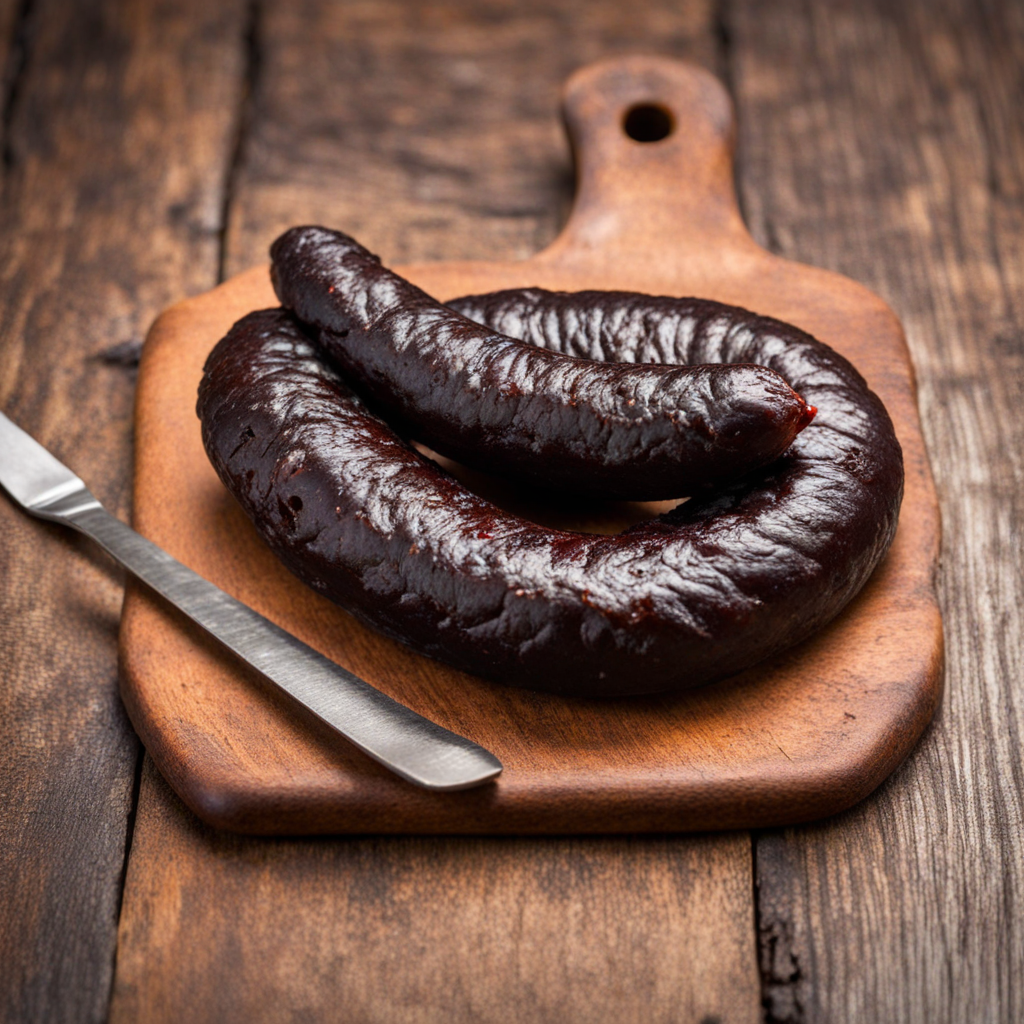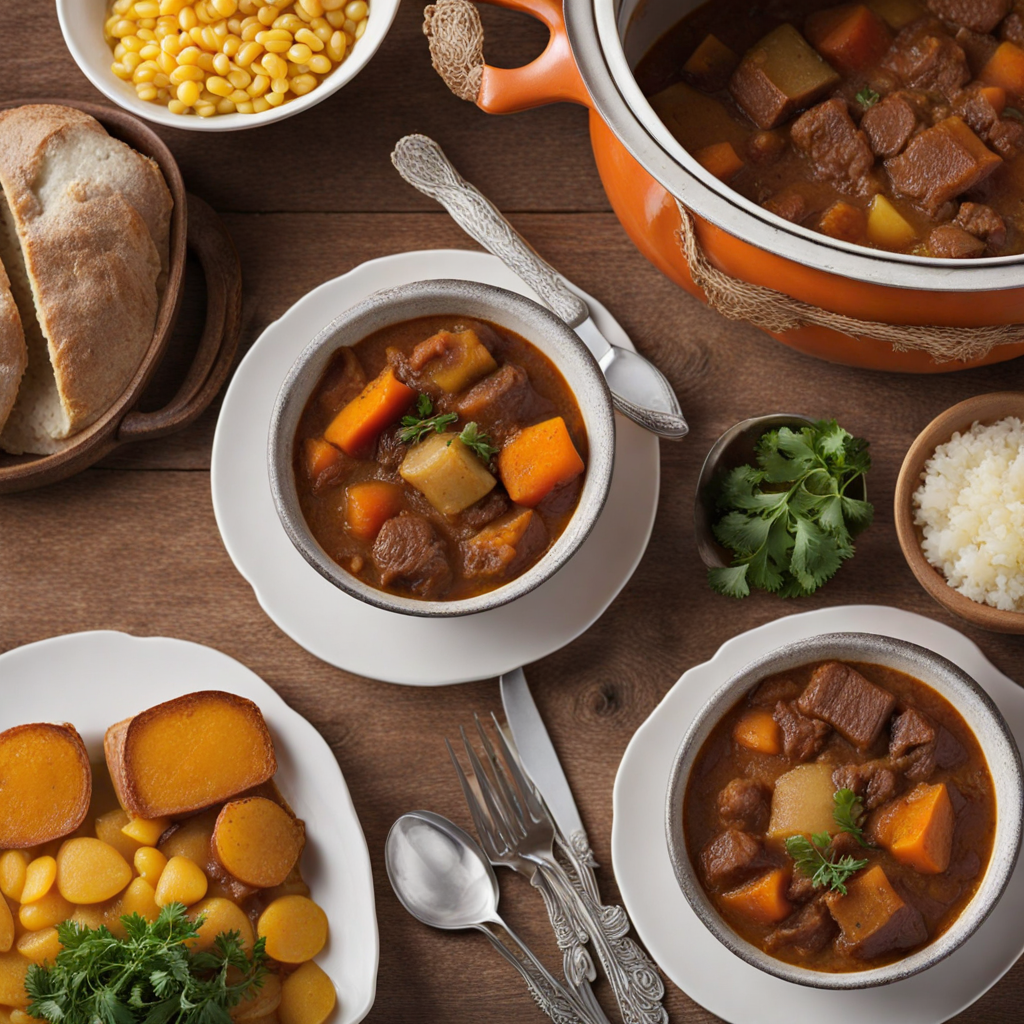Morcilla
Morcilla, a traditional Argentine delicacy, is a type of blood sausage that boasts a rich history and unique flavor profile. Crafted primarily from pork blood, fat, and a blend of spices, this sausage is often combined with rice or other grains to create a hearty and satisfying dish. The texture is smooth, with a slightly grainy quality from the added ingredients, making each bite an indulgent experience. The spices used in morcilla can vary by region; common additions include garlic, onion, and various herbs, which enhance its savory depth and create a complex, umami-rich flavor that captivates the palate. In Argentina, morcilla is often grilled or lightly fried, allowing it to develop a crispy exterior while remaining tender and juicy inside. It is typically served as part of an asado, the traditional Argentine barbecue, where it shares the grill with a variety of meats. This communal dining experience elevates the enjoyment of morcilla, as diners savor the smoky flavors imparted by the grill. When served alongside chimichurri sauce, a vibrant blend of parsley, garlic, and vinegar, the combination of flavors becomes even more tantalizing. While morcilla may be an acquired taste for some, its rich history and cultural significance in Argentina make it a must-try for adventurous food lovers. Beyond its flavor, it represents a connection to Argentine traditions, where nothing goes to waste, and every part of the animal is utilized. As you explore the world of Argentine cuisine, indulging in morcilla offers a delightful opportunity to experience a unique and hearty dish that embodies the spirit of the country's culinary heritage.
How It Became This Dish
Origin of Morcilla Morcilla, a type of blood sausage, has deep roots in the culinary traditions of Argentina, tracing its origins back to the Spanish colonization of South America in the 16th century. The Spanish brought with them various culinary practices, including the preparation of blood sausages which were known as "morcilla" in Spain. These early versions were made from pork blood, fat, and various spices, creating a rich and hearty dish typical of the Iberian Peninsula. The migration of Spanish settlers and the intermingling of indigenous ingredients and methods significantly influenced the evolution of morcilla in Argentina. As cattle ranching became a dominant industry in the region, particularly in the fertile Pampas, the use of beef blood became more prevalent. This adaptation not only reflected local agricultural practices but also showcased the ingenuity of Argentine cooks in making the most of available resources. \n\n Cultural Significance Morcilla holds a significant place in Argentine cuisine, often enjoyed during asados, the traditional barbecue gatherings that are central to Argentine social life. Asados are more than just a meal; they are a cultural event that brings families and friends together to share food, drinks, and stories. Morcilla is typically grilled alongside cuts of beef and other meats, offering a unique flavor profile that complements the smoky, charred notes of the barbecue. Beyond its role in asados, morcilla is also a versatile ingredient in various dishes, reflecting the rich culinary heritage of Argentina. It can be served as a tapa, accompanied by bread and wine, or incorporated into stews and empanadas. The sausage's deep flavor and unique texture contribute to the depth of many traditional recipes, making it a staple in households across the country. \n\n Regional Variations As with many traditional foods, regional variations of morcilla have emerged throughout Argentina. For instance, in Buenos Aires, morcilla is often made with a mixture of pork blood, rice, and spices, resulting in a softer texture and a mildly sweet flavor. In contrast, the northern provinces may incorporate local spices and herbs, creating a more robust and spicier sausage. Furthermore, in some regions, morcilla is also prepared with additional ingredients such as onions, garlic, and even nuts, giving each variant a distinct regional character. This diversity not only showcases the culinary creativity of Argentine chefs but also reflects the various cultural influences that have shaped the country’s food landscape over time. \n\n Historical Development Throughout the 19th and 20th centuries, as Argentina's culinary scene evolved, so too did morcilla. The mass immigration of Italians, Germans, and other European groups brought new flavors and cooking techniques, leading to a fusion of culinary traditions. These immigrant communities contributed to the popularization of morcilla, introducing it in various forms and preparations that would further enrich its cultural significance. In the late 20th century, the globalization of food culture brought Argentine cuisine, including morcilla, to international attention. Chefs began to incorporate traditional ingredients into modern dishes, elevating morcilla to gourmet status in fine dining establishments. This revival has not only redefined how morcilla is perceived but has also sparked a renewed interest in traditional Argentine cooking methods. \n\n Morcilla Today In contemporary Argentina, morcilla remains a beloved dish that is enjoyed by people of all ages. It has become a symbol of national identity, representing the fusion of indigenous and European culinary practices. While traditional asados continue to be a popular way to enjoy morcilla, innovative chefs and home cooks alike are experimenting with new ways to incorporate this classic ingredient into modern dishes. Food festivals and markets often showcase morcilla, celebrating its rich heritage and versatility. In recent years, artisanal producers have emerged, focusing on quality and traditional production methods. These small-scale producers often emphasize the use of local, organic ingredients, catering to a growing demand for sustainable and authentic food experiences. \n\n Conclusion The story of morcilla in Argentina is a reflection of the country’s rich culinary tapestry, woven together from its diverse cultural influences and agricultural bounty. From its humble beginnings as a necessity of resourcefulness to its current status as a beloved delicacy, morcilla encapsulates the spirit of Argentine food culture. As it continues to evolve and inspire new generations of chefs and home cooks, morcilla remains an enduring symbol of Argentina’s gastronomic heritage, capturing the hearts and palates of those who savor its unique flavor and history.
You may like
Discover local flavors from Argentina







